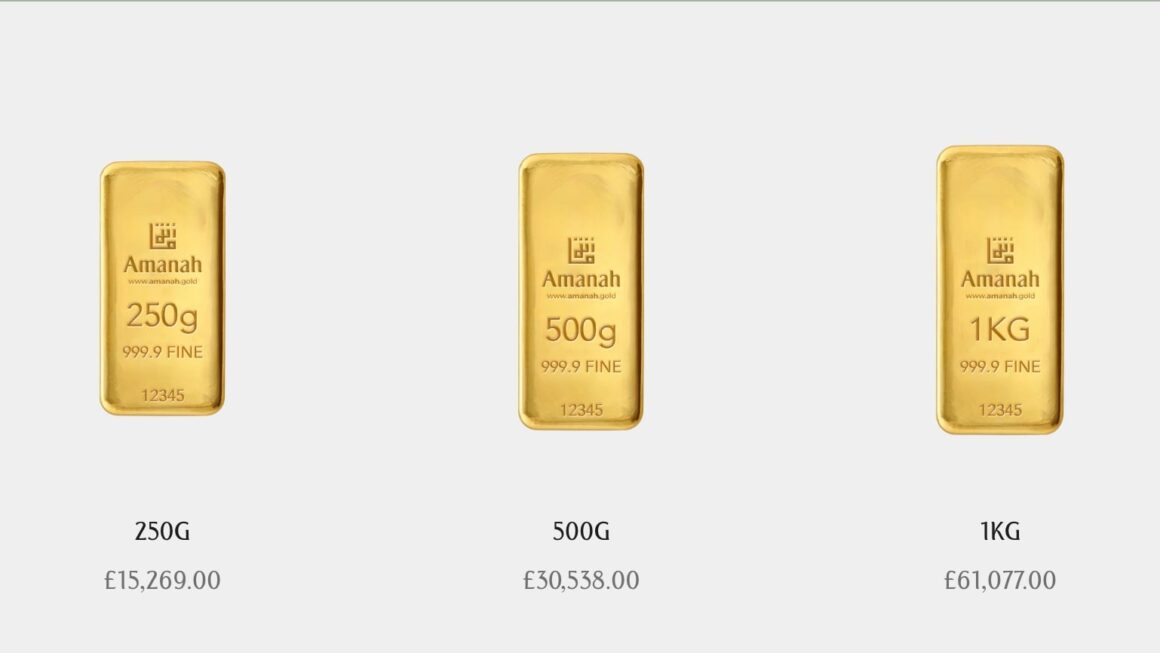The world of currencies is always changing, and the coming years are no exception. With the rise of new technologies and changing economic landscapes, we can expect to see a number of developments in the realm of currency. In this article, we will explore four key trends that are likely to shape the future of currency: central bank digital currencies, gold stable coins, currencies backed with commodities, and common currency mechanisms for trade.
Introduction
As the world becomes more interconnected and technology continues to advance, currencies are evolving to meet new challenges and opportunities. The coming years are likely to see significant changes in the way we think about money and its role in the global economy. Here are four trends that are likely to shape the future of currency.
Central Bank Digital Currencies (CBDCs)
Central bank digital currencies, or CBDCs, are a type of digital currency that is issued and backed by a central bank. Unlike cryptocurrencies like Bitcoin, which are decentralised and not backed by any government, CBDCs are created and controlled by central banks. CBDCs are intended to provide a more secure, efficient, and cost-effective alternative to traditional cash and payment systems.
CBDCs are already being developed and tested by central banks around the world. China, for example, has been working on a digital version of its currency, the yuan, for several years. Other countries, including Sweden, Uruguay, and the Bahamas, have also launched or are testing CBDCs. While there are still many questions about how CBDCs will work in practice, they have the potential to revolutionise the way we think about money and payments.
Gold Stable Coins
Stable coins are a type of cryptocurrency that is designed to maintain a stable value relative to another asset, such as the US dollar or gold. Gold stable coins are a type of stable coin that is backed by gold. The idea behind gold stable coins is to provide a more stable and secure store of value than traditional cryptocurrencies, which can be highly volatile.
Gold stable coins have already gained some popularity among investors and traders, and their use is likely to grow in the coming years. Some gold stable coins, such as Paxos Gold and Tether Gold, are already available for purchase on cryptocurrency exchanges. While gold stable coins may not replace traditional gold investments, they offer an interesting alternative for those looking for a more liquid and easily tradable form of gold ownership.
Currencies Backed with Commodities
Another trend that is likely to shape the future of currency is the development of currencies that are backed by commodities, such as oil or copper. The idea behind these currencies is to provide a more stable and predictable value than traditional fiat currencies, which can be influenced by a wide range of economic and political factors.
While currencies backed by commodities have been proposed in the past, they have not yet gained widespread adoption. However, as concerns about inflation and currency stability continue to grow, it is possible that we will see more experimentation with commodity-backed currencies in the coming years.
Common Currency Mechanisms for Trade
Finally, the coming years are likely to see increased use of common currency mechanisms for trade. These mechanisms, which are already used in some parts of the world, allow businesses to transact in a common currency, rather than having to deal with the costs and complexities of currency exchange.
One example of a common currency mechanism is the euro, which is used by 19 countries in Europe. Other examples include the East Caribbean dollar, which is used by several Caribbean countries, and the CFA franc, which is used by several African countries. As global trade continues to grow, we can expect to see more use of common currency mechanisms, particularly in regions where trade is heavily concentrated.
Conclusion
The world of currencies is always changing, and the coming years are likely to see some significant developments. From central bank digital currencies to gold stable coins and currencies backed by commodities, these new forms of currency are likely to offer greater stability, security, and efficiency than traditional fiat currencies. Additionally, common currency mechanisms for trade are likely to become more widespread, making it easier and more cost-effective for businesses to transact across borders. As these trends continue to evolve, we can expect to see a very different currency landscape in the years ahead.
FAQs
- What is a central bank digital currency?
A central bank digital currency, or CBDC, is a digital currency that is issued and backed by a central bank.
- How are gold stable coins different from other cryptocurrencies?
Gold stable coins are a type of stable coin that is backed by gold, making them more stable and less volatile than traditional cryptocurrencies.
- What are currencies backed by commodities?
Currencies backed by commodities are currencies that are backed by a specific commodity, such as oil or copper, in order to provide greater stability and predictability than traditional fiat currencies.
- What are common currency mechanisms for trade?
Common currency mechanisms for trade allow businesses to transact in a common currency, rather than having to deal with the costs and complexities of currency exchange.
- Are these trends likely to affect the average person?
Yes, these trends are likely to have a significant impact on the average person, particularly in terms of how they conduct financial transactions and how they think about the value of money.














